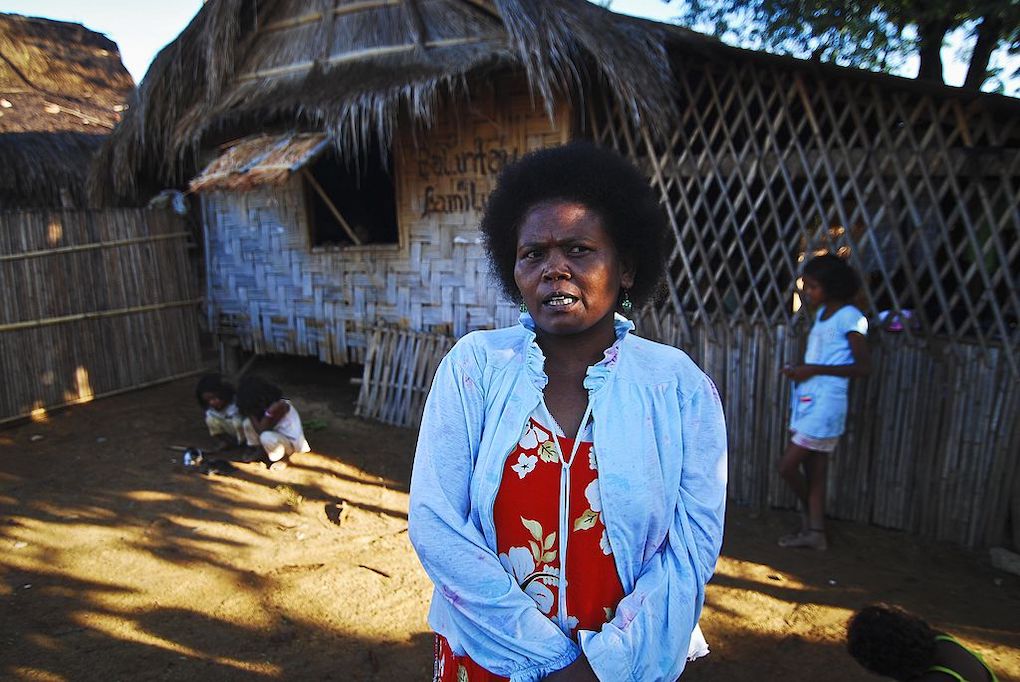The Aeta, Agta, or Ayta people are what’s known to be the original Black race who inhabited the remote and mountainous regions of Luzon, the Philippines before the Austronesian migrations of the Malays and Asian group.
While history buffs debate on their timeline on when and how they migrated there, anthropologists and historians estimate that they crossed from the island of Borneo between 20,000 and 30,000 years ago.
The Aeta were called Negritos during Spanish colonial rule. They are comprised of approximately 25 different ethnolinguistic groups, widely scattered throughout the archipelago, totaling an estimated 15,000 people. Negritos are described as people who are dark to very dark brown-skinned with curly to kinky afro-textured hair. Some Aetas reportedly had lighter hair color what we would consider in modern-day as a blonde. Another key feature, according to historians, is their small statures and small frames.
Aeta groups living in northern Luzon were reportedly considered “Pugut” or “Pugot.” The name was given by a llocano-speaker in the region when talking about people with darker complexions. In Ilocano, the word also means “goblin” or “forest spirit.” The Aeta people survived as forest dwellers, hunters, and gatherers for thousands of years.
The Aeta speak Mag-indi, Mag-antsi, Abellen, Ambala, and Mariveleño. They are also known to adopt the language of their neighbors.
Where are the Aeta today?
Over the last few decades, the Aetas have been declining in numbers as their existence has been threatened by outsiders and nature. The Aetas were pushed from the lowlands and are now occupying the “western foothills of Mt. Pinatubo”
The Aeta have suffered racial discrimination and receive little-to-no recognition and support from the government. They have lost much of their ancestral domain to land grabbers, loggers, and mining operations backed by corrupt politicians and officials.
Activists worry that the future is bleak for The Aeta and could be on the verge of disappearing.
.





